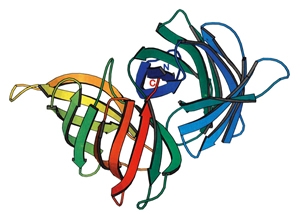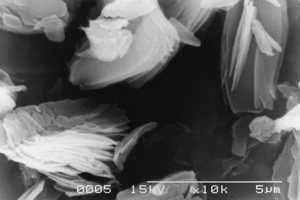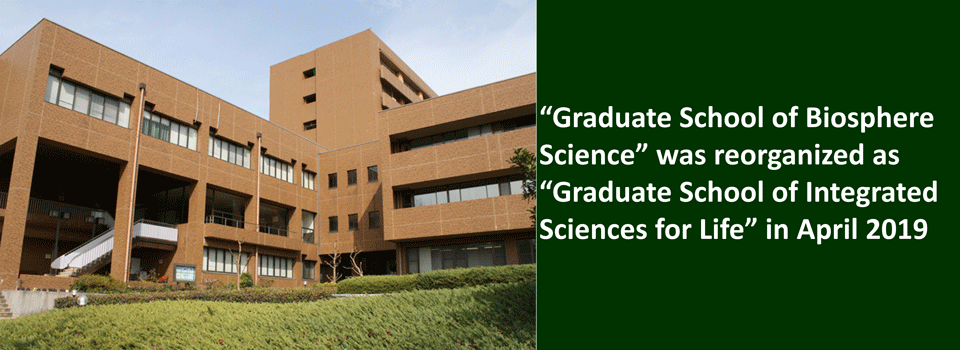Research
The Laboratory of Marine Bioresource Chemistry pursues basic and applied research projects to exploit the potentials of marine organisms as sources for foods, medicines, and fine chemicals, marking the inherent and universal natures of marine organisms. Approaches are principally based on biochemistry, molecular biology, and food hygienics.
1) Studies on marine biotoxins, food poisoning, and marine bioactive substances, based on safety and security of food as follows; i) distribution and accumulation mechanism of paralytic shellfish poison (PSP) and tetrodotoxin (TTX) in marine organisms, ii) toxins of subtropical toxic crabs, and iii) bioactive substances from marine algae and their beneficial utilization. (Asakawa, M.)
2) Studies on structures, functions, and applications of lectins (carbohydrate-binding proteins) from marine algae, aiming at the developments of medicines (anticancer, antiviral, and immunopotentiating agents), biochemical reagents (probes for carbohydrates and cells, diagnosis of disease, and affinity ligands for purification of glycoconjugates), and healthy marine foods, all of which are targeting sugar chains. (Hirayama, M.)
3) Studies on molecular mechanism of new cell regeneration from cytoplasmic organelles in coenocytic marine green algae, and development of a unique transgenic technique aimed at these algae by utilizing the cell regeneration phenomena itself. (Hirayama, M.)
Keywords
Paralytic shellfish poison, Tetrodotoxin, Toxic crabs, Algae, Lectin,Anti-cancer/virus

Molecular structure of a multi-functional algal lectin

Tetrodotoxin crystals
Recent Publications
Asakawa, M., Shida, Y., Miyazawa, K., and Noguchi, T. (2012) Instrumental analysis of tetrodotoxin. “Chromatography”, Lazinlca, A. ed., INTECH, Croatia, in press
Praseptiangga, D., Hirayama, M., and Hori, K. (2012) Purification, characterization, and cDNA cloning of a novel lectin from the green alga, Codium barbatum. Biosci. Biotechnol. Biochem., 76, 805-811
Sato, Y., Hirayama, M., Morimoto, K., Yamamoto, N., Okuyama, S., and Hori, K. (2011) High mannose-binding lectin with preference for the cluster of α1-2-mannose from the green alga Boodlea coacta is a potent entry inhibitor of HIV-1 and influenza viruses. J. Biol. Chem., 286, 19446-19458
Sato, Y., Morimoto, K., Hirayama, M., and Hori, K. (2011) High mannose-specific lectin (KAA-2) from the red alga Kappaphycus alvarezii potently inhibits influenza virus infection in a strain-independent manner. Biochem. Biophys. Res. Commun., 405, 291-296
Asakawa, M., Delan, G.G., Tsuruda, S., Shimomura, M., Shida, Y., Taniyama, S., Quilantang, M.B., and Shindo, J. (2010) Toxicity assessment of the xanthid crab Demania cultripes from Cebu Island, Philippines. J. Toxicology, 2010, Article ID 172367, 7 pages
Okuyama, S., Nakamura-Tsuruta, S., Tateno, H., Hirabayashi, J., Matsubara, K., and Hori, K. (2009) Strict binding specificity of small-sized lectins from the red alga Hypnea japonica for core (α1-6) fucosylated N-glycans. Biosci. Biotechnol. Biochem., 73, 912-920


 Home
Home
